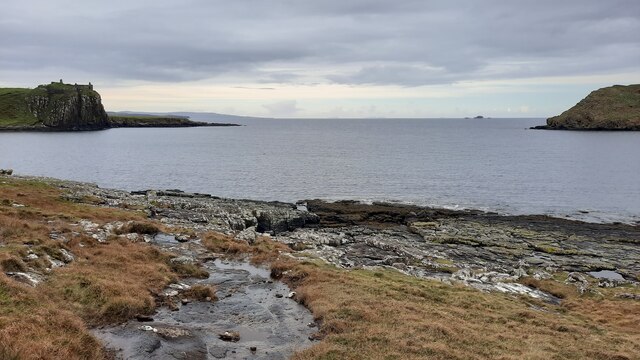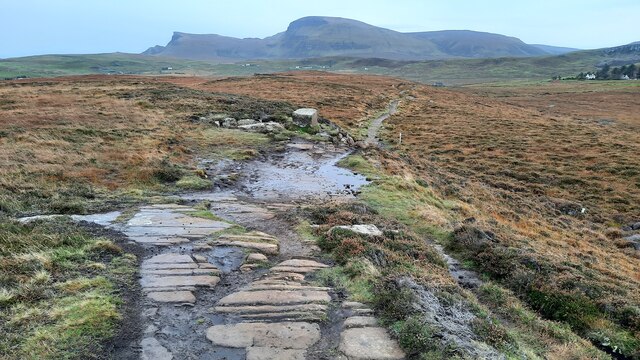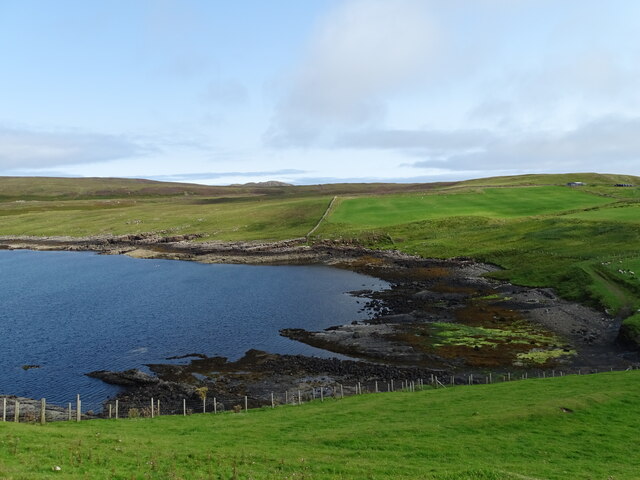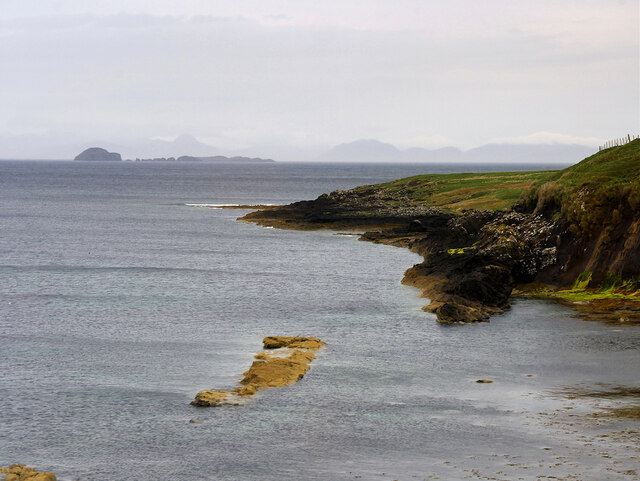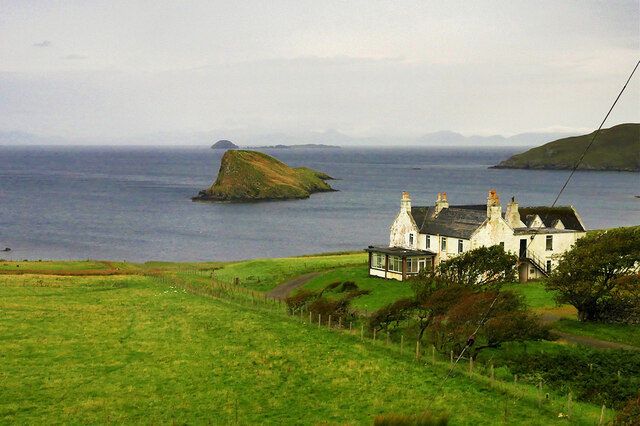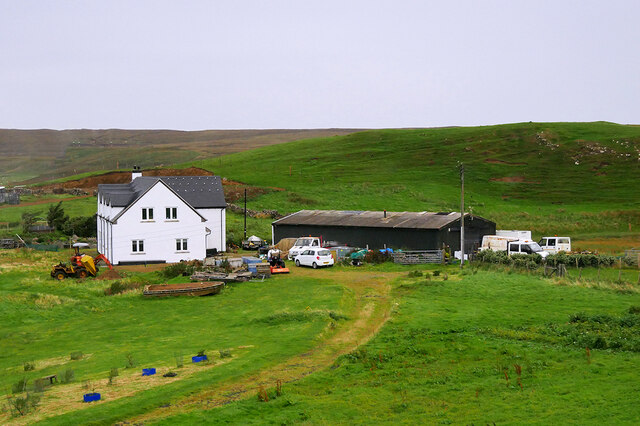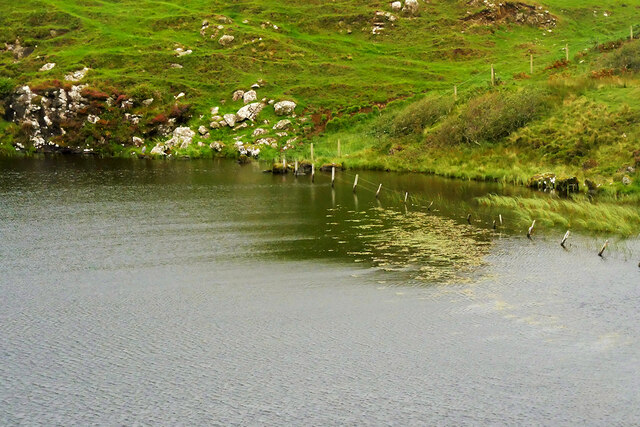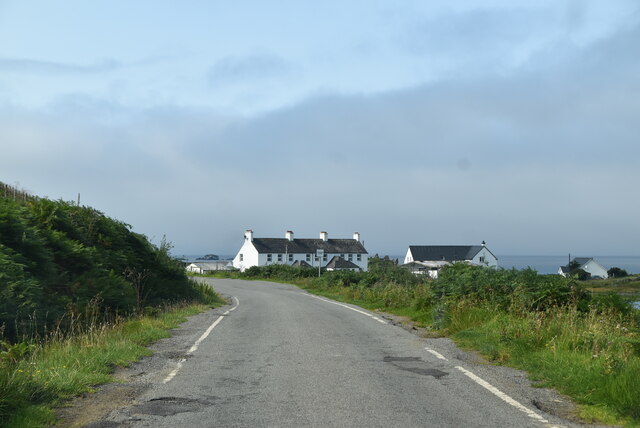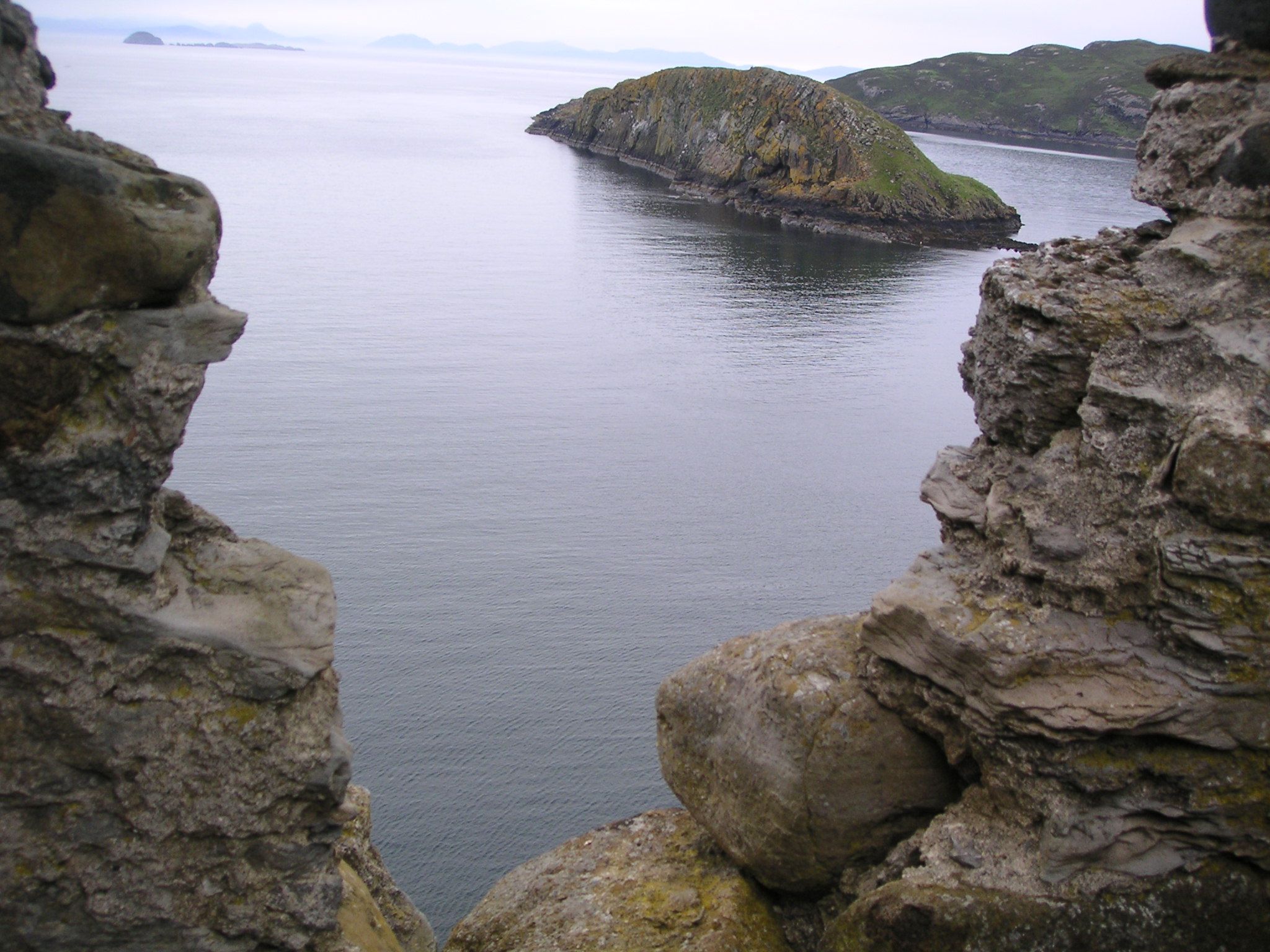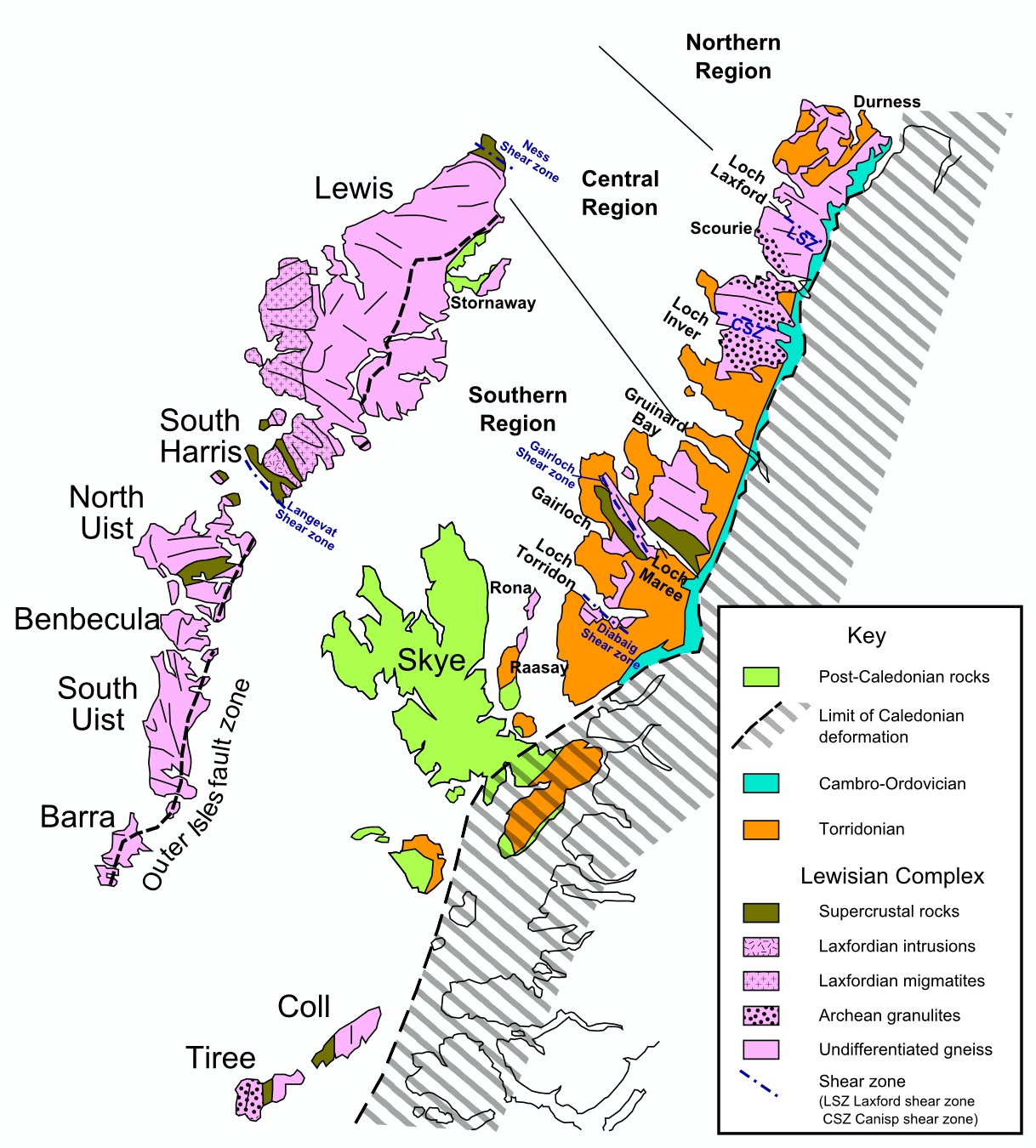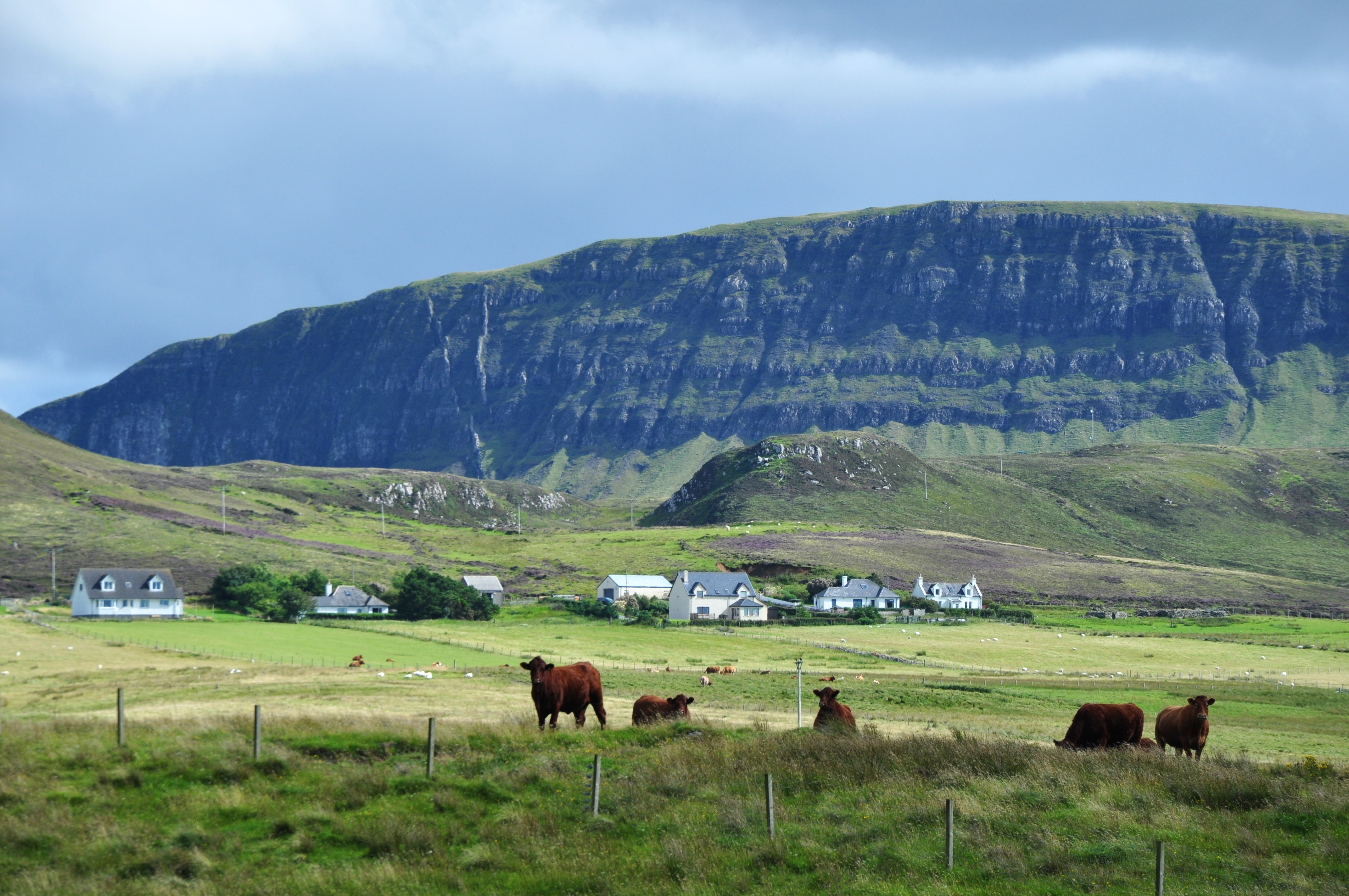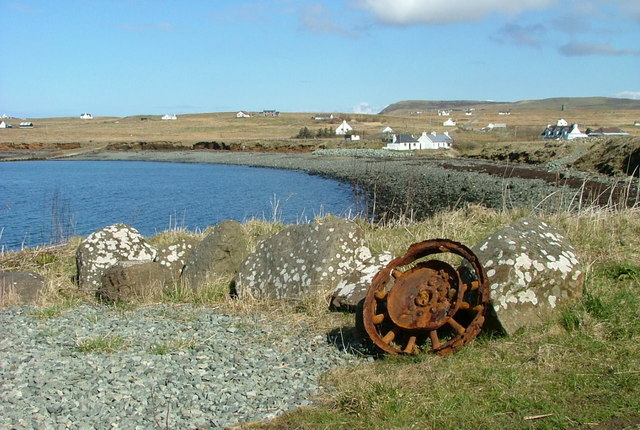Cnoc Roll
Hill, Mountain in Inverness-shire
Scotland
Cnoc Roll
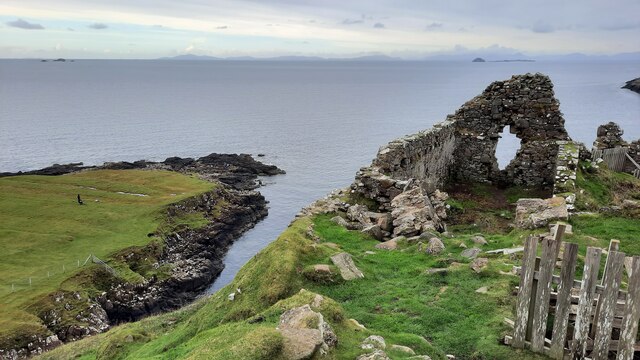
Cnoc Roll is a prominent hill located in the county of Inverness-shire, Scotland. Standing at an impressive height of approximately 430 meters (1,410 feet), it offers breathtaking panoramic views of the surrounding countryside.
The hill is situated in the northern part of Inverness-shire, near the village of Invermoriston. It is part of the larger Glenmoriston Estate, which covers a vast area of scenic beauty and is known for its diverse wildlife and rich history.
Cnoc Roll boasts a variety of natural features, including a distinctive rounded summit that is easily recognizable from a distance. The hill is predominantly covered in heather and grass, providing a haven for various species of flora and fauna. It is not uncommon to spot native Scottish wildlife such as red deer, mountain hares, and golden eagles in the area.
For outdoor enthusiasts and nature lovers, Cnoc Roll offers excellent opportunities for hiking and hillwalking. There are several well-marked trails that lead up to the summit, catering to both beginners and experienced hikers. Along the way, visitors can enjoy the peaceful surroundings and take in the stunning views of the surrounding lochs, glens, and mountains.
Cnoc Roll is also steeped in history. The hill has been inhabited for thousands of years, with evidence of ancient settlements and burial sites found in the vicinity. Its strategic position overlooking the Great Glen and nearby Loch Ness makes it an important landmark with historical significance.
Overall, Cnoc Roll is a picturesque and enticing destination that combines natural beauty, outdoor activities, and a rich heritage, making it a must-visit location for those exploring Inverness-shire.
If you have any feedback on the listing, please let us know in the comments section below.
Cnoc Roll Images
Images are sourced within 2km of 57.680582/-6.3339606 or Grid Reference NG4173. Thanks to Geograph Open Source API. All images are credited.
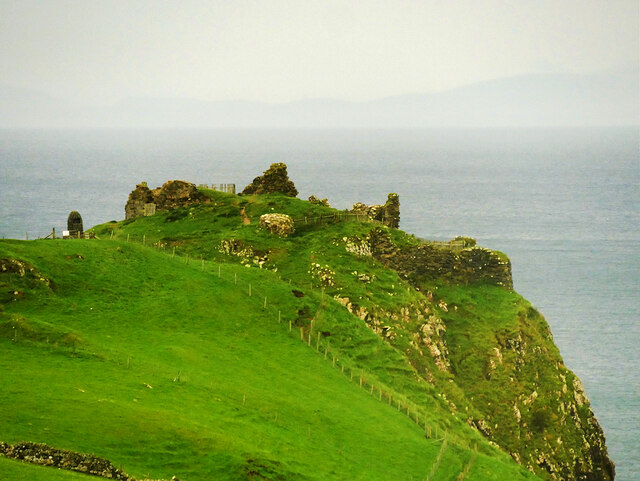
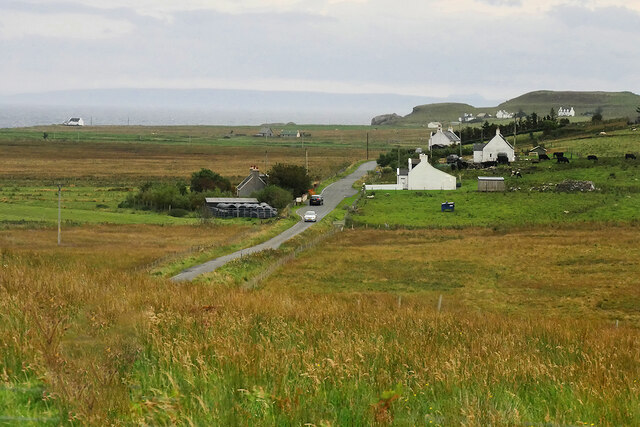
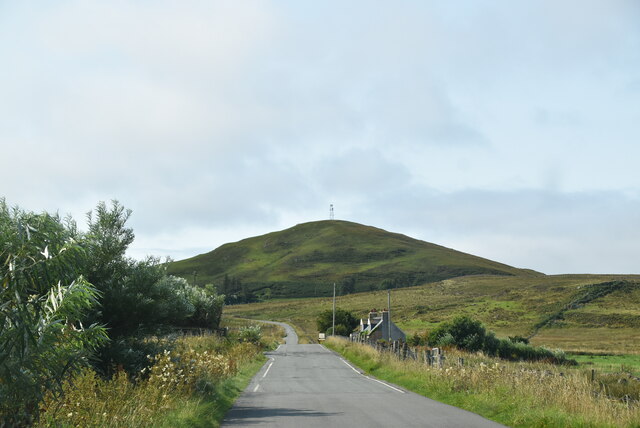
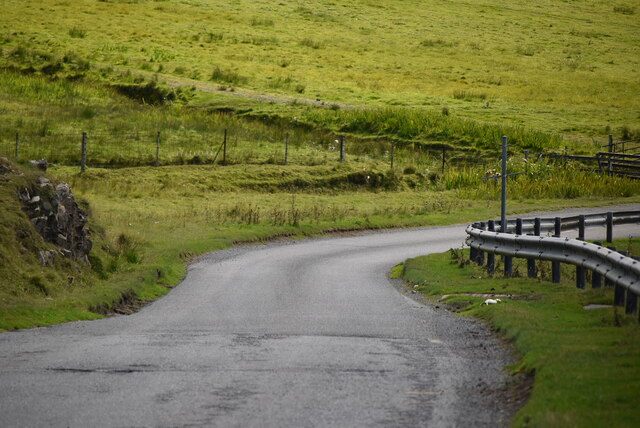
Cnoc Roll is located at Grid Ref: NG4173 (Lat: 57.680582, Lng: -6.3339606)
Unitary Authority: Highland
Police Authority: Highlands and Islands
What 3 Words
///eventful.haggling.generally. Near Uig, Highland
Nearby Locations
Related Wikis
Duntulm
Duntulm (Scottish Gaelic: Dùn Thuilm) is a township on the most northerly point of the Trotternish peninsula of the Isle of Skye made up of Shulista (north...
Kilmaluag
Kilmaluag (Scottish Gaelic: Cill Moluaig, meaning St. Moluag's Cell, Church or Chapel) is a township made up of several small settlements on the most northerly...
Hebridean Terrane
The Hebridean Terrane is one of the terranes that form part of the Caledonian orogenic belt in northwest Scotland. Its boundary with the neighbouring Northern...
Skye Museum of Island Life
The Skye Museum of Island Life is a museum in Kilmuir, Skye, Scotland, which is dedicated to preserving a township of thatched cottages as they would have...
Heribusta
Heribusta (Scottish Gaelic: Hearabusta), (also Herbusta), is a small crofting township on the Trotternish peninsula of the Isle of Skye in the Highlands...
Hungladder
Hungladder is a small village on north west coast of the Trotternish peninsula in Kilmuir, Portree, Isle of Skye, Scottish Highlands and is in the Scottish...
Kilmuir, Skye
Kilmuir (Scottish Gaelic: Cille Mhoire) is a village on the west coast of the Trotternish peninsula in the north of the island of Skye. It is in the Scottish...
Flodigarry
Flodigarry (Scottish Gaelic: Flòdaigearraidh) is a scattered settlement on the north east side of the Trotternish peninsula on the island of Skye, and...
Nearby Amenities
Located within 500m of 57.680582,-6.3339606Have you been to Cnoc Roll?
Leave your review of Cnoc Roll below (or comments, questions and feedback).
